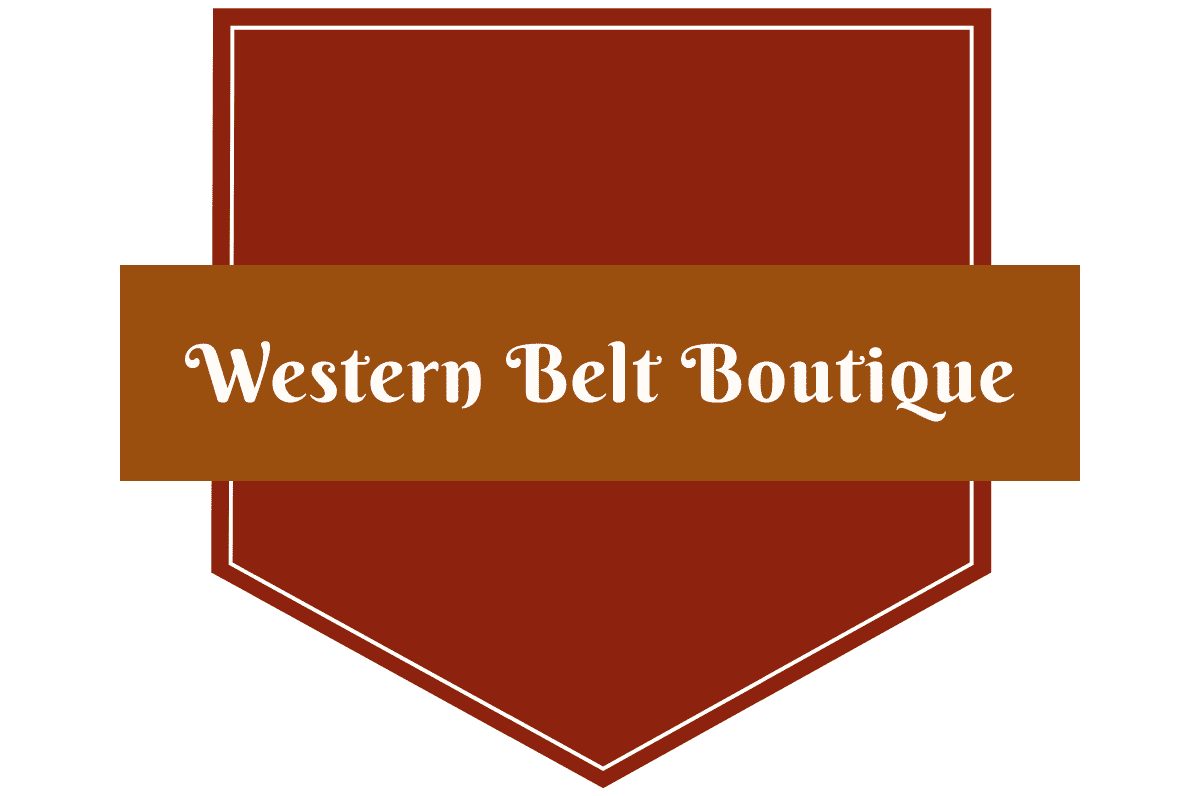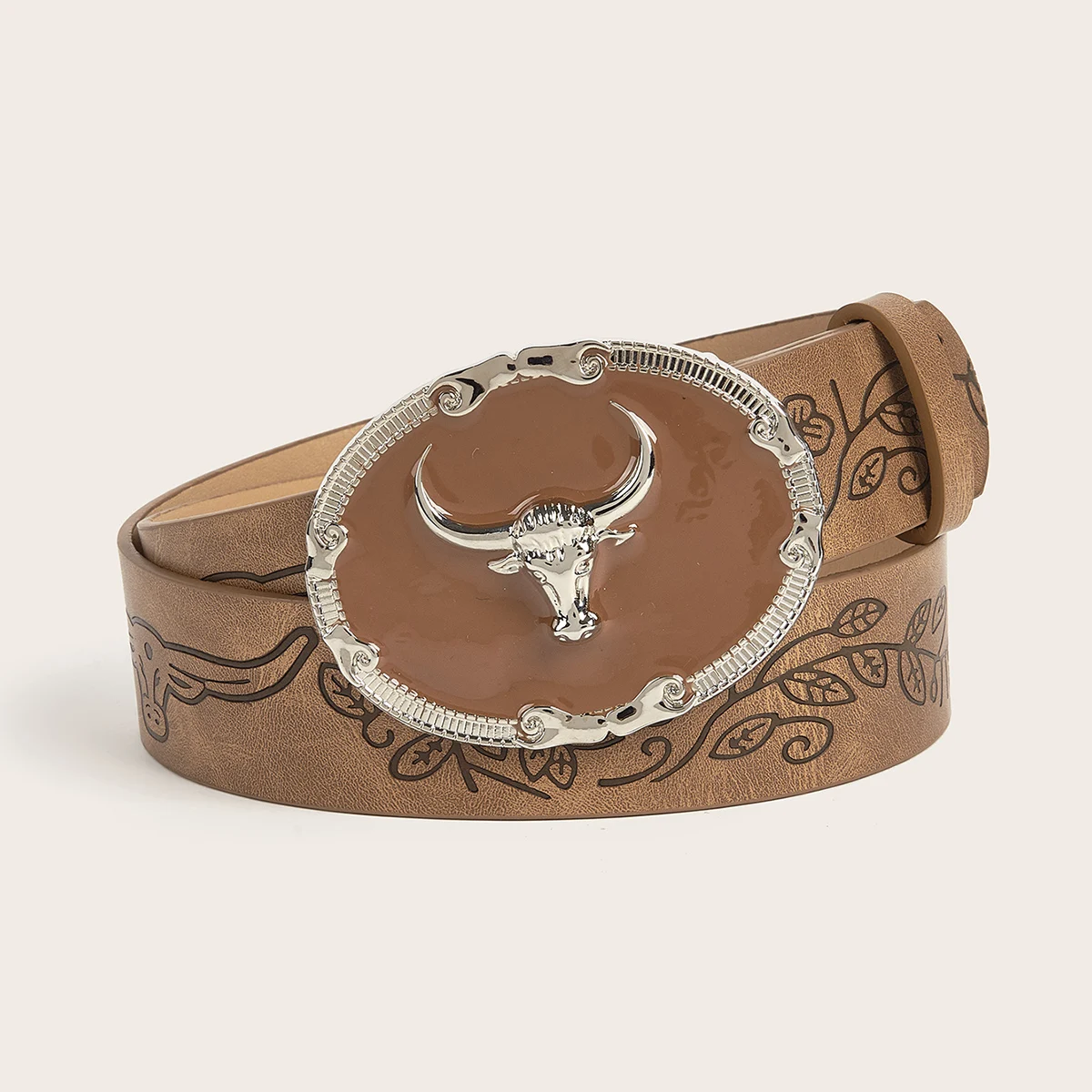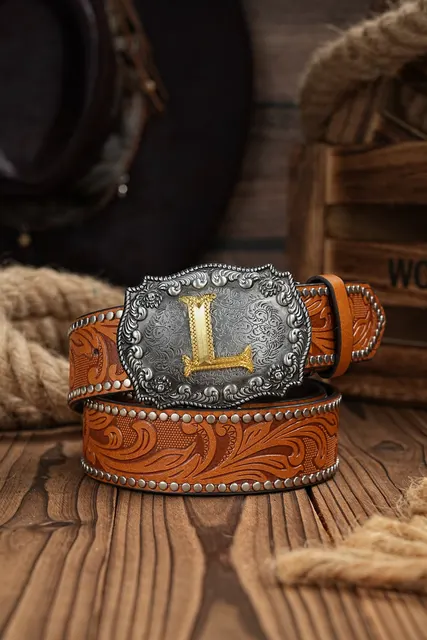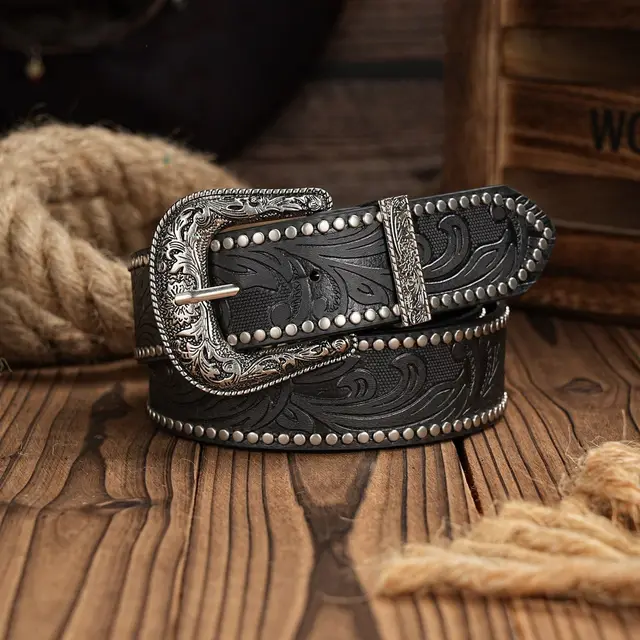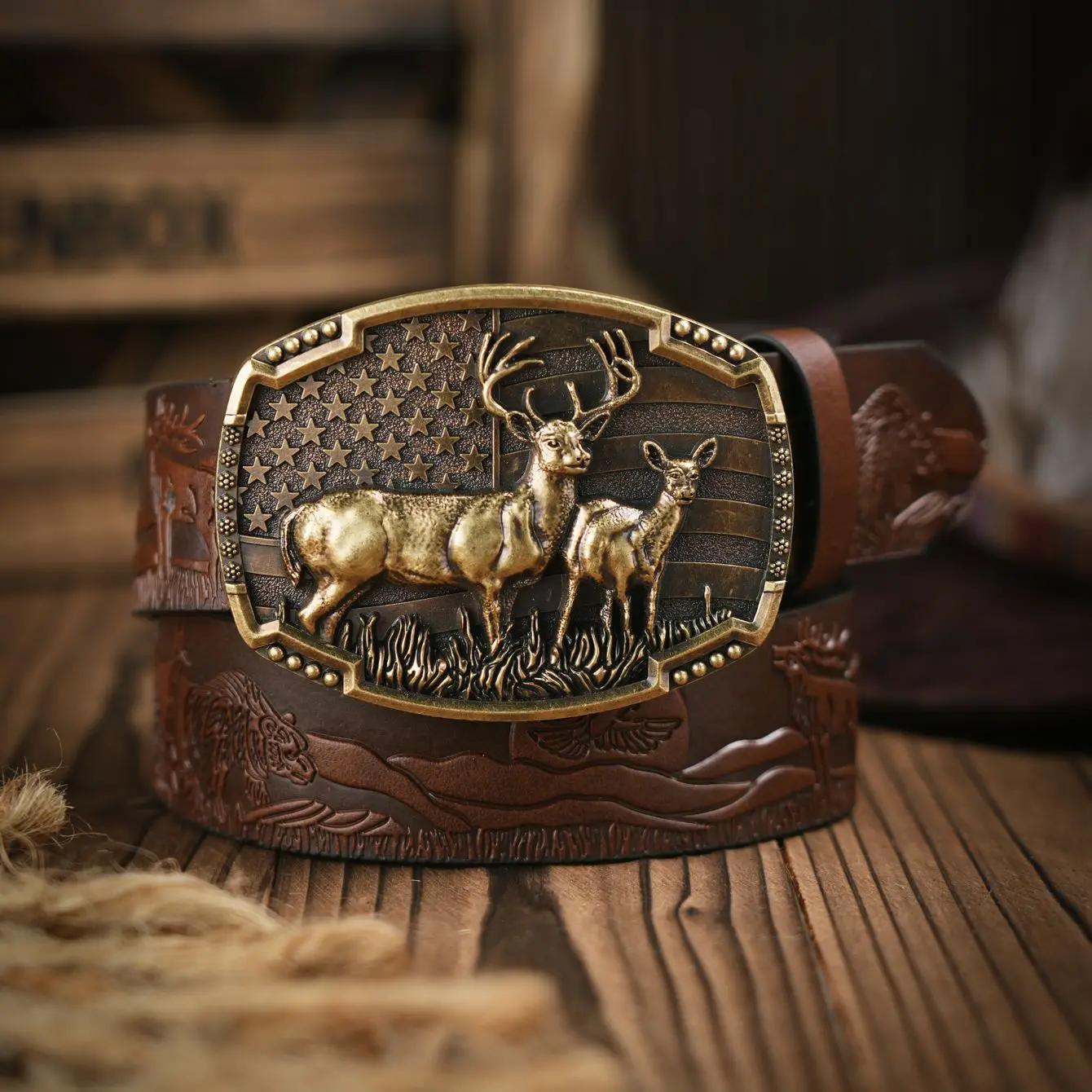
Western belts have long been a staple in fashion, embodying the rugged charm and timeless style of the American West. Whether you’re a cowboy at heart or just love the aesthetic, a well-crafted can be the perfect accessory to complete your outfit. These items offer a blend of traditional craftsmanship and modern design, making them versatile enough for any wardrobe.
In this article, we’ll explore the new styles in Western belts, showing you how this classic accessory is evolving while maintaining its authentic appeal.
The Enduring Appeal of Western Belts
These are more than just functional accessories; they are symbols of a rich cultural heritage:
- Craftsmanship: These items are known for their intricate detailing, including hand-tooled leather, ornate buckles, and traditional patterns that showcase skilled craftsmanship.
- Versatility: While they’re rooted in Western wear, these items have crossed over into mainstream fashion, pairing well with jeans, dresses, and even business casual attire.
- Personal Expression: These items can say a lot about your style. Whether you opt for a simple design or a more elaborate one, it’s a great way to express your individuality.
Exploring New Styles in Western Belts
These items offer a mix of tradition and innovation, with designs that cater to both purists and fashion-forward individuals. Here are some of the top trends:
1. Handcrafted Leather Belts
At the heart of any great Western belt is quality leather. New styles focus on premium materials and artisanal craftsmanship:
- Vegetable-Tanned Leather: This eco-friendly leather is durable and develops a beautiful patina over time, making each look unique.
- Exotic Leathers: For those looking for something special, made from exotic leathers like ostrich, alligator, or snake add a luxurious touch.
- Hand-Tooled Designs: Hand-tooled leather belts feature intricate patterns and designs that are carved into the leather by skilled artisans, offering a one-of-a-kind accessory.
2. Statement Buckles
The buckle is the focal point of a Western belt, and new designs are pushing the boundaries with bold, eye-catching options:
- Oversized Buckles: Larger buckles with intricate engravings, inlays, or gemstone accents are making a big statement in the world of Western fashion.
- Custom and Personalized Buckles: Many brands now offer custom buckles that allow you to add initials, brands, or even images, making your belt truly unique.
- Vintage-Inspired Designs: Buckles that evoke the look of antique silver or brass add a touch of nostalgia and are perfect for those who love a vintage vibe.
3. Modern and Minimalist Styles
These items are known for their elaborate designs, there’s a growing trend towards more minimalist styles:
- Sleek, Unadorned Leather: These belts focus on high-quality leather and simple, clean lines, making them versatile enough for both casual and formal wear.
- Subtle Buckles: Small, simple buckles in brushed metal or matte finishes offer a modern take on the classic, appealing to those who prefer understated style.
- Monochrome Belts: This item in solid black or brown with minimal embellishment are becoming popular for their versatility and timeless appeal.
4. Themed and Decorative Belts
For those who want to add a bit of flair to their outfit, themed are a great option:
- Western Motifs: Belts featuring motifs like horseshoes, stars, or rodeo scenes add a playful touch to your outfit while staying true to Western style.
- Floral and Nature-Inspired Designs: Floral tooling, leaf patterns, and nature-inspired designs bring a softer, more artistic feel.
- Cultural Influences: Belts that incorporate elements from Native American, Mexican, or Southwestern cultures, such as beadwork, turquoise inlays, or geometric patterns, offer a rich and diverse take on Western style.
5. Sustainable and Ethical Options
As with many areas of fashion, sustainability is becoming increasingly important in the production of Western belts:
- Ethically Sourced Leathers: Brands are focusing on using leathers that are sourced responsibly, ensuring animal welfare and sustainable practices.
- Recycled and Upcycled Materials: These items are made from recycled leathers or upcycled materials, offering an eco-friendly option for conscious consumers.
- Handmade by Artisans: Supporting local artisans and small-scale producers is another way to ensure that your option is made ethically and sustainably.
How to Style Your Western Belt
These are incredibly versatile and can be styled in various ways, depending on your outfit and the occasion. Here are some tips:
- With Jeans and a T-Shirt: The classic look—pair your Western belt with a simple pair of jeans and a plain t-shirt for a timeless, casual outfit.
- With a Dress: For a more feminine look, wear your option over a flowy dress or tunic to cinch the waist and add a rustic touch.
- For Business Casual: Don’t be afraid to incorporate look into your business casual attire. Pair it with tailored trousers and a crisp shirt for a subtle nod to Western style in a professional setting.
- Layering with Jackets: Add a Western belt to an outfit with a denim or leather jacket to enhance the rugged, outdoorsy vibe.
- Accessorize: Complement your style with other accessories like cowboy boots, a hat, or a bolo tie for a cohesive Western-inspired look.
Conclusion
Western belts have maintained their place in fashion thanks to their blend of rugged charm and timeless style. With new styles that range from traditional to modern, there’s an option for everyone. Whether you’re looking to add a touch of cowboy flair to your everyday wardrobe or need a statement piece for a special occasion, the latest trends this item ensure that you can find the perfect accessory to elevate your look.
